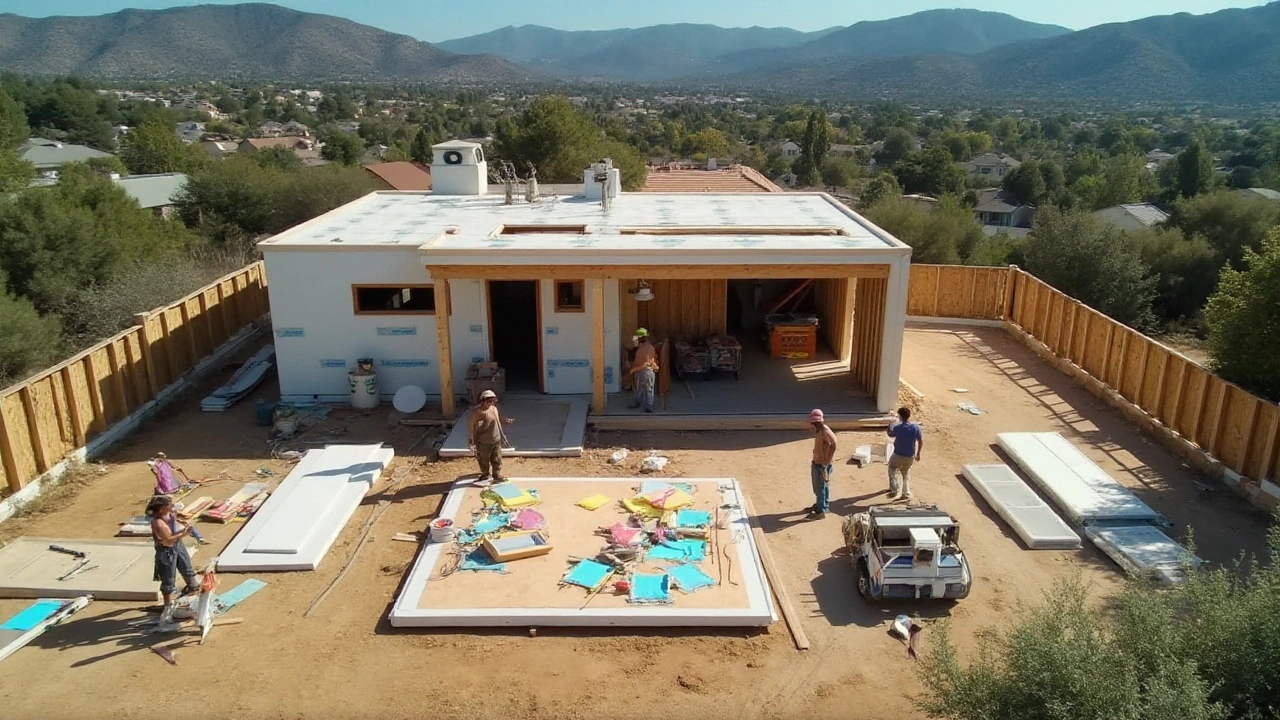Foundation Crack Size: What’s Safe and When to Worry
If you’ve spotted a crack in your home’s foundation, your first reaction is probably “Is this a disaster?” The good news is that not every crack means you need a major rebuild. Knowing how to size the crack, understand what the numbers mean, and decide when to call a structural engineer can save you time, stress, and money.
How to Measure a Foundation Crack
Grab a ruler or a digital caliper – you don’t need fancy equipment. Place the tool across the widest part of the crack and note the gap in millimetres. For consistency, measure at three points along the crack and use the largest reading. Write it down; most guides use a simple colour‑coded chart: 0‑1 mm is usually harmless, 1‑3 mm may need monitoring, and anything over 3 mm often signals structural issues.
Take a photo with a ruler next to the crack. This visual record helps any professional you call see the exact size and pattern without needing a site visit right away.
When Size Means Serious Trouble
Size isn’t the only factor – look at the crack’s direction and shape. Horizontal cracks across the wall are more worrying than vertical ones that follow the mortar joints. Stair‑step cracks, where the line steps up and down, often point to movement in the soil or settlement.
Combine size with other red flags: new cracks appearing after heavy rain, doors that stick, or uneven floors. If a crack is wider than 3 mm, widening quickly, or shows water seepage, bring in a structural engineer. In the UK, many insurers won’t cover foundation damage unless it’s proven to be a sudden, external event, so early detection matters.
For cracks under 1 mm that stay the same width, schedule a yearly visual check. For those in the 1‑3 mm range, mark the ends with a pencil and note the date. If the marks move apart over a few months, you’ve got a problem that deserves professional advice.
Remember, most foundation cracks are caused by normal soil movement, especially in areas with clay or fluctuating groundwater. Simple actions like improving drainage, fixing gutter overflows, and keeping the soil around your home moist in dry seasons can stop many cracks from getting worse.
Bottom line: measuring correctly, watching for changes, and knowing the warning signs gives you control. You won’t need a full rebuild for a tiny hairline split, but you’ll catch the big ones before they cost a fortune.


